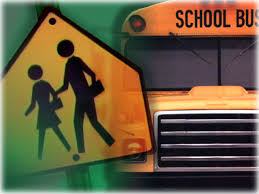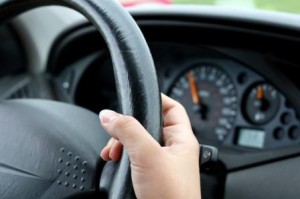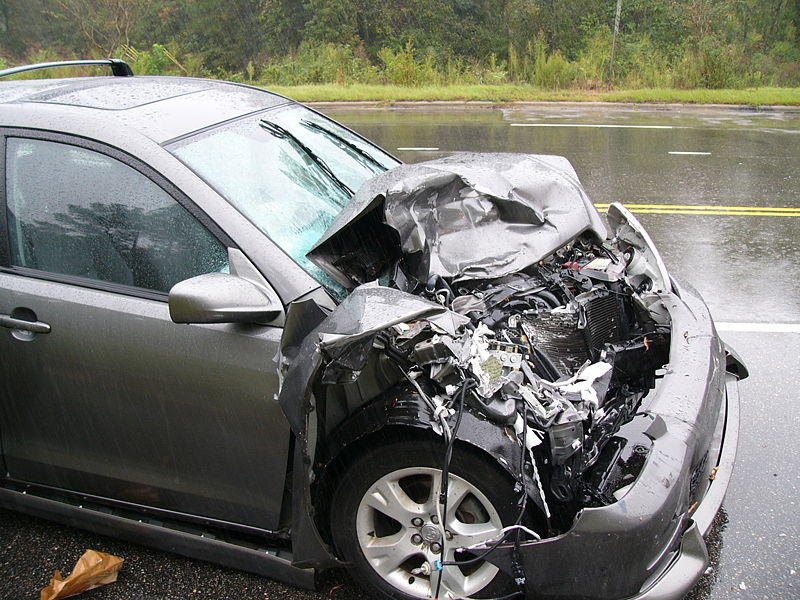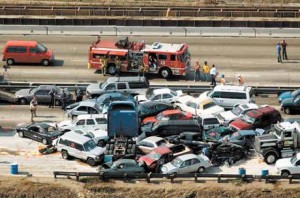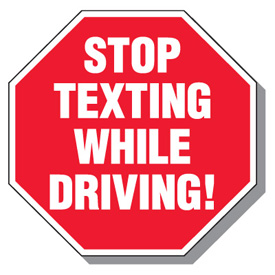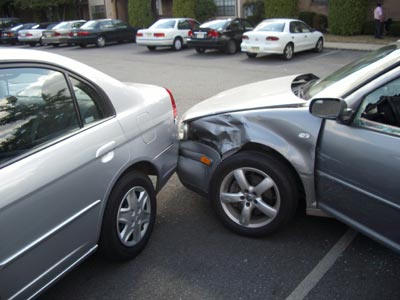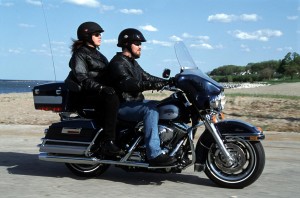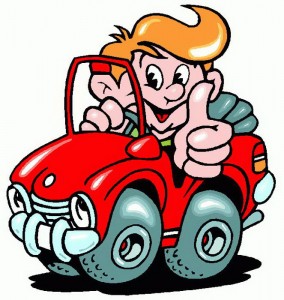 When you drive defensively, you’re aware and ready for whatever happens. You are cautious, yet ready to take action and not put your fate in the hands of other drivers. According to the U.S. Department of Transportation, 90% of all crashes are attributed to driver error.
When you drive defensively, you’re aware and ready for whatever happens. You are cautious, yet ready to take action and not put your fate in the hands of other drivers. According to the U.S. Department of Transportation, 90% of all crashes are attributed to driver error.
Following these defensive driving tips can help reduce your risk behind the wheel:
- Think safety first. Avoiding aggressive and inattentive driving tendencies yourself will put you in a stronger position to deal with other people’s bad driving. Leave plenty of space between you and the car in front. Always lock your doors and wear your seatbelt to protect you from being thrown from the car in a crash.
- Be aware of your surroundings — pay attention. Check your mirrors frequently and scan conditions 20 to 30 seconds ahead of you. Keep your eyes moving. If a vehicle is showing signs of aggressive driving, slow down or pull over to avoid it. If the driver is driving so dangerously that you’re worried, try to get off the roadway by turning right or taking the next exit if it’s safe to do so. Also, keep an eye on pedestrians, bicyclists, and pets along the road.
- Do not depend on other drivers. Be considerate of others but look out for yourself. Do not assume another driver is going to move out of the way or allow you to merge. Assume that drivers will run through red lights or stop signs and be prepared to react. Plan your movements anticipating the worst-case scenario.
- Have an escape route. In all driving situations, the best way to avoid potential dangers is to position your vehicle where you have the best chance of seeing and being seen. Having an alternate path of travel is essential, so take the position of other vehicles into consideration when determining an alternate path of travel. Always leave yourself an out — a place to move your vehicle if your immediate path of travel was suddenly blocked.
- Follow the 3- to 4-second rule. Since the greatest chance of a collision is in front of you, using the 3- to 4-second rule will help you establish and maintain a safe following distance and provide adequate time for you to brake to a stop if necessary. But this rule only works in normal traffic under good weather conditions. In bad weather, increase your following distance an additional second for each condition such as rain, fog, nighttime driving, or following a large truck or motorcycle.
- Keep your speed down. Posted speed limits apply to ideal conditions. It’s your responsibility to ensure that your speed matches conditions. In addition, higher speeds make controlling your vehicle that much more difficult if things go wrong. To maintain control of your vehicle, you must control your speed.
- Separate risks. When faced with multiple risks, it’s best to manage them one at a time. Your goal is to avoid having to deal with too many risks at the same time.
- Cut out distractions. A distraction is any activity that diverts your attention from the task of driving. Driving deserves your full attention — so stay focused on the driving task.

